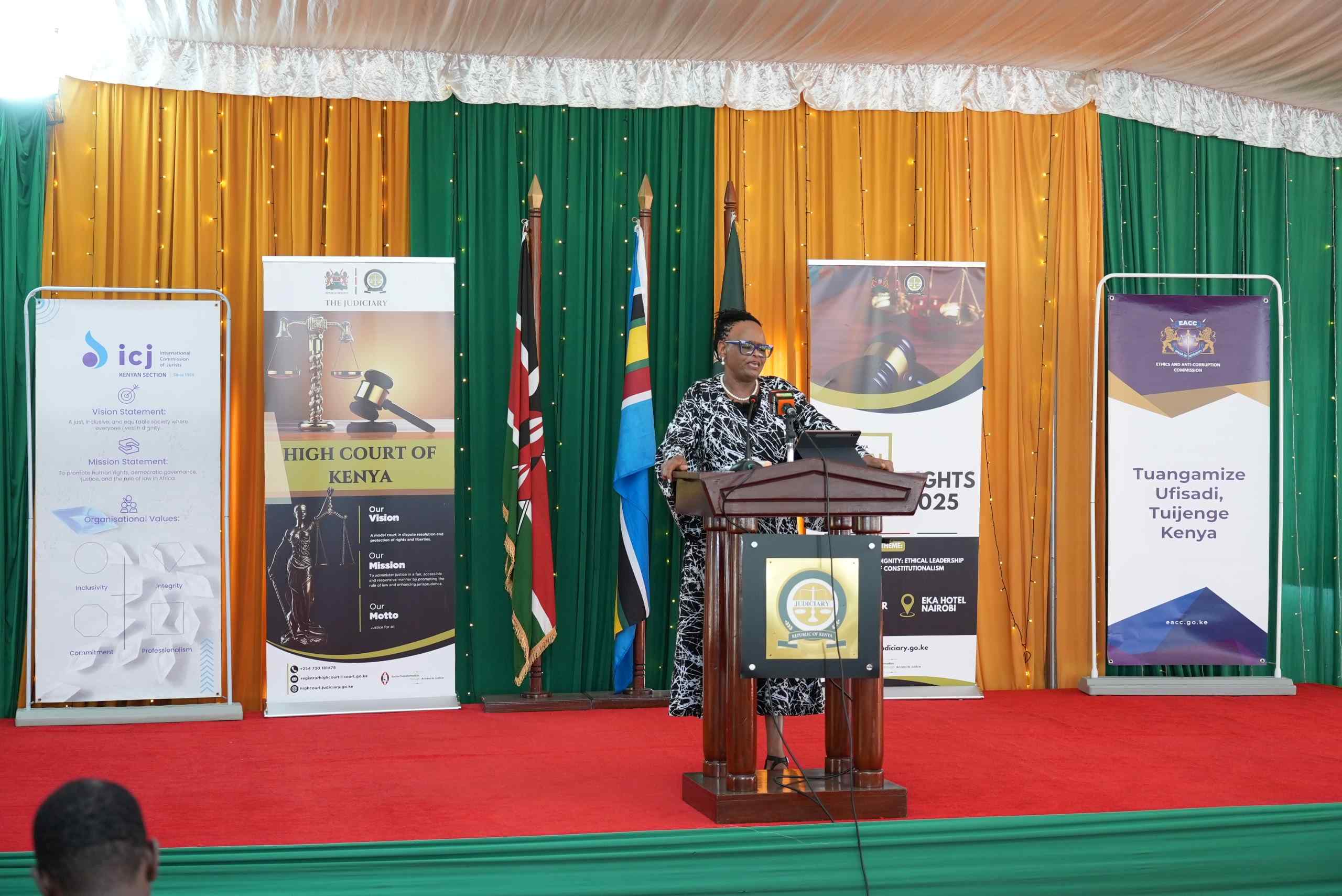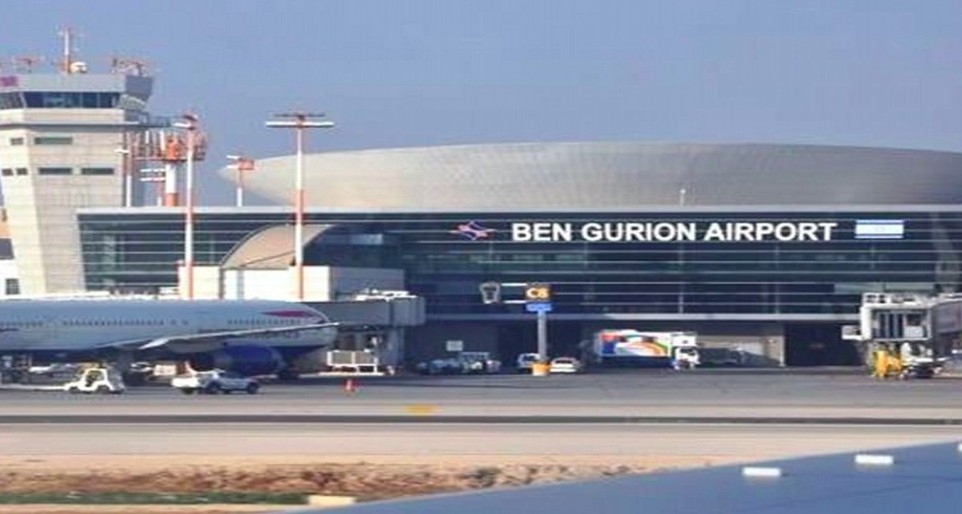Lamu County residents harness wildlife, beaches to boost tourism

With its pristine environment and deep Swahili heritage, Lamu has long been a favoured destination, but locals are now seeking new ways to promote eco-tourism and preserve their natural surroundings.
Residents of Lamu County are tapping into the region’s rich natural resources, from its wildlife-filled forests to turtle-nesting beaches, as they work to bolster tourism and secure sustainable economic growth.
With its pristine environment and deep Swahili heritage, Lamu has long been a favoured destination, but locals are now seeking new ways to promote eco-tourism and preserve their natural surroundings.
More To Read
- Lamu intensifies efforts to market region as key tourist destination
- Lamu unveils first-ever recreation park in bid to boost tourism and trade
- Evolution of Kenya's Coastal tourism in the eyes of 80-year-old Lamu tour guide
- Lamu tourism stakeholders call for more flights to meet rising demand
- Lamu conservationists embrace ecotourism to fight environmental degradation, climate change
- Boon for business owners as Lamu gears up for 10th Yoga Festival
On Amu Island, donkeys vital to the community’s daily lives are given special care at a local sanctuary.
The sanctuary provides free medical services to ensure these animals remain healthy and continue supporting livelihoods.
Dr Elvande Sande from the Donkey Sanctuary in Lamu urged residents to be more mindful of the animals’ welfare. “We encourage the people of Lamu to take care of their donkeys, especially when they fall ill, so they can keep serving the community,” said Dr Sande advising residents to ensure their donkeys receive proper nutrition and water daily.
Najma Swaleh, a resident of Amu Island, appraised the importance of donkeys to the local way of life. “These donkeys are like family to us. We have a responsibility as humans to ensure when they are sick, we take them to the sanctuary so they can recover and continue helping us,” she said.
 School children and locals partake in beach clean up in Lamu Old Town. (Photo: Farhiya Hussein)
School children and locals partake in beach clean up in Lamu Old Town. (Photo: Farhiya Hussein)
Lamu’s forests, home to giraffes, zebras, and elephants, along with its beaches, which serve as nesting grounds for endangered sea turtles, are seen as vital assets for eco-tourism. Residents are being encouraged to explore economic opportunities through wildlife conservation and tourism.
Ali Shebwana, a Kenya Wildlife Service (KWS) warden, highlighted the untapped potential of wildlife tourism in Lamu. “I urge the people of Lamu to recognise the significance of the wildlife in their forests and beaches. These animals can be an important economic asset if we manage them well,” said Shebwana.
Tourism stakeholders, including hoteliers across the Lamu archipelago, are also being urged to improve their facilities and practices to attract more visitors.
Speaking during a recent peace caravan and beach cleanup exercise in Lamu Old Town and Wiyoni, County Tourism Executive Aisha Miraj emphasized the importance of cleanliness and hospitality in drawing tourists.
“We are leading efforts to keep Lamu clean, especially our beaches, which are key tourist attractions. I encourage hoteliers to maintain cleanliness and use better public relations skills to attract international visitors,” said Miraj.
 Lamu Tourism Executive Aisha Miraj. She is urging residents to maintain cleanliness of beaches and other areas to attract tourists. (Photo: Farhiya Hussein)
Lamu Tourism Executive Aisha Miraj. She is urging residents to maintain cleanliness of beaches and other areas to attract tourists. (Photo: Farhiya Hussein)
Professionalism
She further advised hoteliers to treat their guests with warmth and professionalism, which would boost bookings during the peak tourist season.
The county has also partnered with the Tourism Fund to train over 100 local tourism workers in hospitality. “We have provided training to hotel staff, managers, and other tourism players to help them offer the best service, but maintaining cleanliness is still key to improving the sector,” added Miraj.
Lamu Old Town, a UNESCO World Heritage site, remains a major draw for tourists due to its unique Swahili culture and architecture.
The town, one of the oldest surviving Swahili settlements on the East African coast, attracts hundreds of visitors each year, eager to experience its historical charm.
Fridah Njeri, Chair of the Lamu County Tourism Association, praised local efforts to clean up the beaches but stressed the ongoing challenges with waste disposal, especially plastics. “We still have a long way to go in addressing waste disposal on our beaches and in the ocean. But we are making progress, and it’s encouraging to see the community come together to keep Lamu clean,” said Njeri.
 Lamu Tourism Association (LTA) Chairperson Fridah Njeri. (Photo: Farhiya Hussein)
Lamu Tourism Association (LTA) Chairperson Fridah Njeri. (Photo: Farhiya Hussein)
With tourist numbers steadily increasing, especially during the high season, stakeholders in Lamu are optimistic that the county’s tourism sector could reach full capacity by the end of the year.
Governor Issa Timamy also urged residents to prioritize wildlife conservation and maintain the natural beauty of the area. “Our wildlife and environment are vital economic assets, and it is up to us to protect them for the benefit of future generations,” said Governor Timamy.
Top Stories Today













































